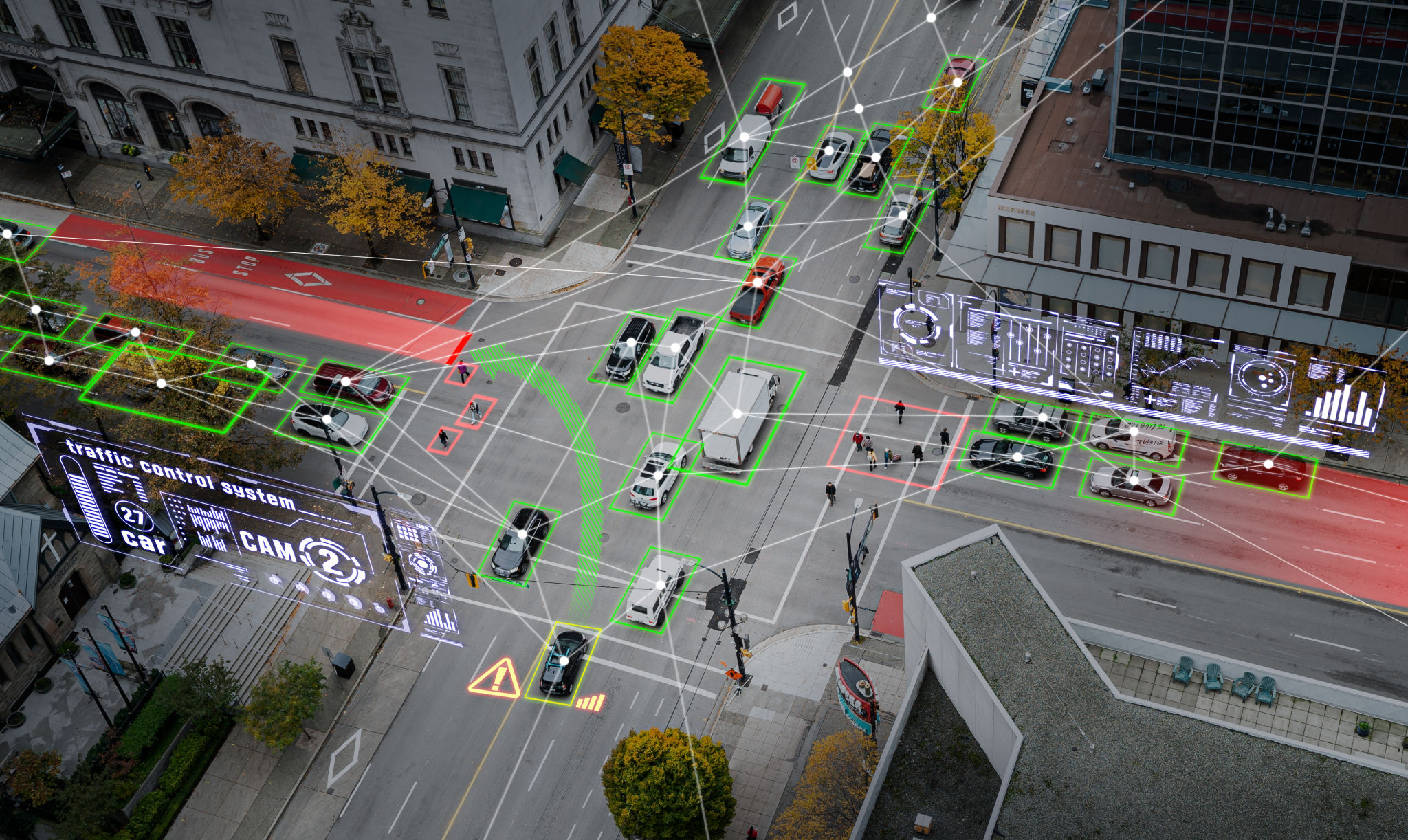From Museums to Smart Cities: The Role of AI in Enhancing Experiences
The Emergence of AI in Cultural Institutions
Artificial Intelligence (AI) is revolutionizing the way we interact with cultural institutions such as museums. By integrating AI technologies, museums are enhancing visitor experiences, making them more interactive and personalized. AI-powered tools can analyze visitor preferences and guide them through exhibitions in a tailored manner, providing detailed information and insights about artworks and artifacts.
Museums are also using AI to preserve and catalog their collections more efficiently. Through machine learning algorithms, museums can digitize and archive large volumes of data, ensuring that historical and cultural treasures are preserved for future generations.

AI-Driven Personalization
One of the most significant impacts of AI in museums is the ability to offer personalized experiences. Visitors can receive customized tours that align with their interests, whether they are art aficionados or casual observers. AI systems analyze data such as visitor demographics, past interactions, and expressed interests to create unique pathways through exhibits.
This personalization extends to virtual tours as well. With the rise of virtual reality and augmented reality, museums can offer immersive experiences to those unable to visit in person. AI algorithms help tailor these virtual journeys, making them as engaging as an actual visit.
The Role of AI in Developing Smart Cities
Beyond museums, AI is playing a crucial role in the evolution of smart cities. These cities leverage technology to improve the quality of life for their inhabitants. AI helps manage resources efficiently, optimize traffic flow, and enhance public safety through predictive analytics and real-time monitoring.

Smart Transportation and Traffic Management
A vital component of smart cities is their transportation systems. AI technologies are utilized to develop smart traffic management solutions that reduce congestion and improve transit times. By analyzing traffic patterns and predicting peak usage times, AI can optimize traffic light sequences and suggest alternative routes, leading to smoother commutes.
Additionally, AI facilitates the development of autonomous vehicles, which promise to revolutionize urban mobility by reducing human error and increasing efficiency on the roads.
Enhancing Urban Living with AI
The implementation of AI extends beyond transportation. In smart cities, AI contributes to various sectors including energy management, waste reduction, and public services. By utilizing sensors and data analytics, cities can monitor energy usage in real-time and automate systems to conserve resources.

AI also plays a pivotal role in enhancing safety through intelligent surveillance systems. These systems use facial recognition and pattern detection to identify potential threats and ensure rapid response from authorities.
The Future: A Harmonious Blend of Culture and Technology
As AI continues to evolve, its integration into both cultural institutions and urban environments is set to deepen. The interplay between technological advancements and human experiences will likely result in richer, more connected communities where culture thrives alongside innovation.
The challenge lies in ensuring ethical use of AI, balancing technological benefits with privacy considerations, and fostering inclusivity across all sectors. The goal is a future where AI not only enhances but enriches our cultural and urban landscapes.